NASA’s James Webb Telescope Unveils Mysterious Exoplanet—What Secrets Could It Hold?
So, NASA’s James Webb Space Telescope—yeah, that $10 billion cosmic beast—just dropped its first-ever exoplanet discovery, and honestly, it’s like watching a toddler take its first wobbly steps into the universe. We’re peering at a planetary system that’s about 6 million years old, essentially catching the universe’s version of a baby photo album. Now, if you’ve been living under a rock (or just ignoring space news), let me spill some tea: Webb’s been on a serious tear lately—snapping icy disks around young stars, uncovering super-Earths, and even snuggling up to alien planets possibly fit for human life. So, what’s next? Will Webb find a planet serving cosmic coffee? Probably not—but who knows? The French CNRS nerds are buzzing, hailing this as a game-changer in exoplanet hunting. Hold on tight, because if Webb keeps this up, our understanding of space is about to level up big time. LEARN MORE
NASA’s James Webb Telescope (JWST) has left the world in awe once again after making yet another unprecedented discovery.
The $10 billion bit of space kit has only gone and made its first exoplanet discovery, meaning boffins could soon have a much clearer idea of how planetary systems form.
Astrophysicist Dr. Anne-Marie Lagrange, who led the observation, said of the findings: “We’re looking at a system that is about 6m years old, so we are really witnessing the youth of the planetary system.”
For those who don’t keep up with the wonders that the Webb Telescope is capable of, it’s been on quite the roll over the last 12 months or so.
It’s spotted icy disks circling a juvenile solar system, helped astronomers discover a ‘super-Earth’, and even facilitated the discovery of alien planet that has the highest ever chances of human life. And that’s just within the last couple of months – so imagine what the Webb will do for us during our lifetime, eh?
The French National Centre for Scientific Research (CNRS) are the ones currently heaping praise on the telescope, after it lent boffins a hand in tracking down a new exoplanet.
What is the James Webb Telescope?
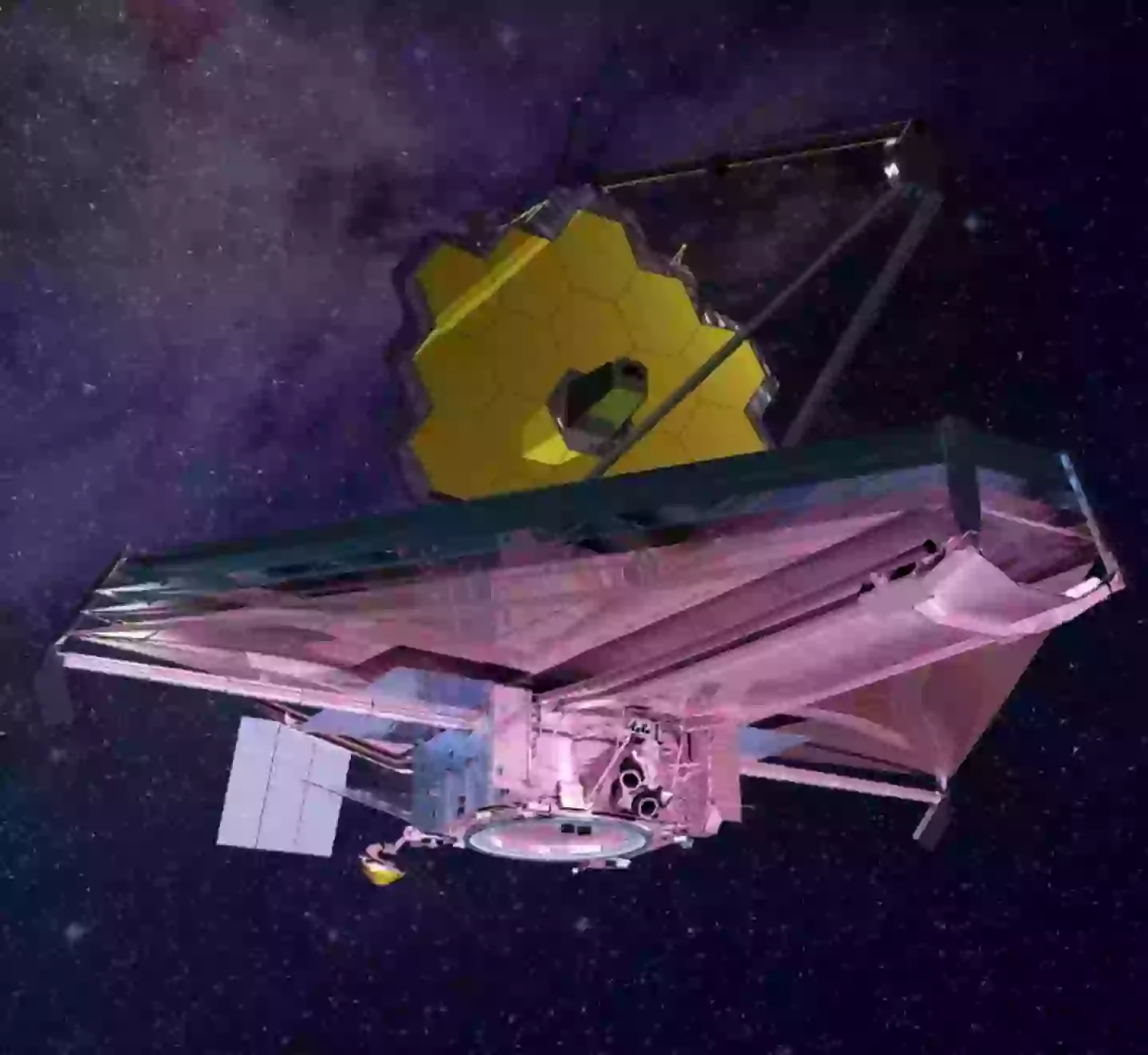
The James Webb Telescope was launched in 2021 (NASA)
Commissioned back in 2018 and launching into the cosmos in 2021, the NASA telescope is at the forefront of deep space discovery and is adorned in high tech equipment.
It has allowed us Earthlings to vastly expand our knowledge of the universe since it’s been working in tandem with the Hubble Space Telescope in our cosmos.
It sits much further out in space than its predecessor though and is a hell of a lot bigger – as the Webb boasts a 6.5 metre mirror which is more than double the size of Hubble’s 2.4m one.
As a result of this, it is between 10 and 100 times more sensitive than the Hubble.
NASA describe Webb as the ‘largest, most powerful and most complex telescope ever launched into space’.
It explains that the telescope is ‘an orbiting infrared observatory that will complement and extend the discoveries of the Hubble Space Telescope, with longer wavelength coverage and greatly improved sensitivity’.
“The longer wavelengths enable Webb to look much closer to the beginning of time and to hunt for the unobserved formation of the first galaxies, as well as to look inside dust clouds where stars and planetary systems are forming today,” NASA adds.
What is an exoplanet?
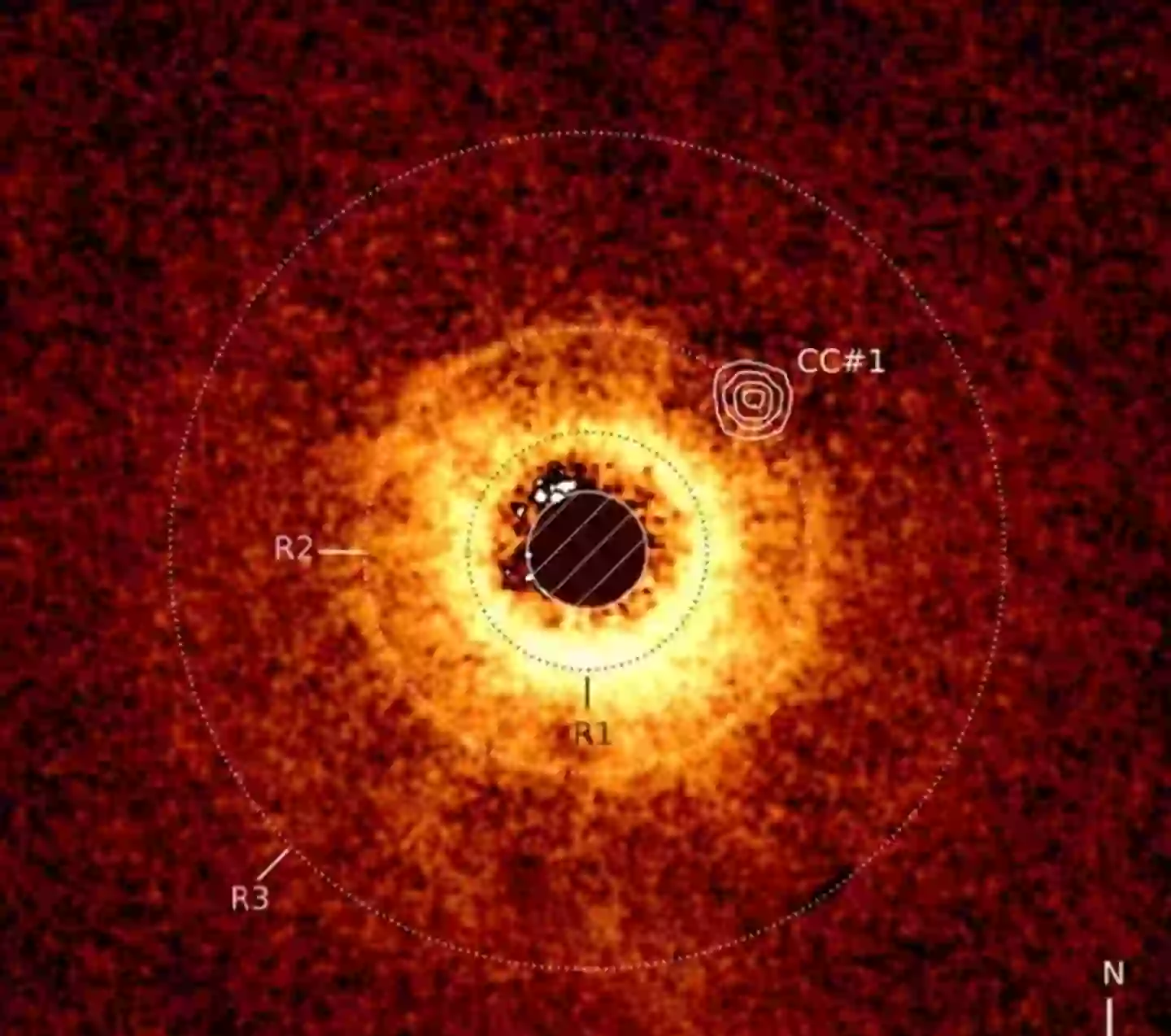
Experts say this is the first time an image of an exoplanet has ever been captured by the telescope (A.-M. Lagrange and al. – Evidence for a sub-jovian planet in the young TWA7 disk, 2025)
According to the French scientists who stumbled across one, Webb enabled the discovery of a new exoplanet for the first time in is launch in 2021.
In short, exoplanets are planets which orbit a star outside of the solar system, and NASA have confirmed the existence of more than 5,800 of them so far.
However, experts reckon there are actually billions of them out there – so there’s plenty more exoplanet hunting to be getting on with.
Most of the ones that we know about are in the Milky Way, according to the US space agency, and the closest one to Earth is still around four light-years away.
Explaining why they are so important in terms of space exploration, NASA said: “By measuring exoplanets’ sizes and masses, we can see compositions ranging from rocky (like Earth and Venus) to gas-rich (like Jupiter and Saturn). “Some planets may be dominated by water or ice, while others are dominated by iron or carbon.
“We’ve identified lava worlds covered in molten seas, puffy planets the density of Styrofoam and dense cores of planets still orbiting their stars.”
What has it found about the current exoplanet?
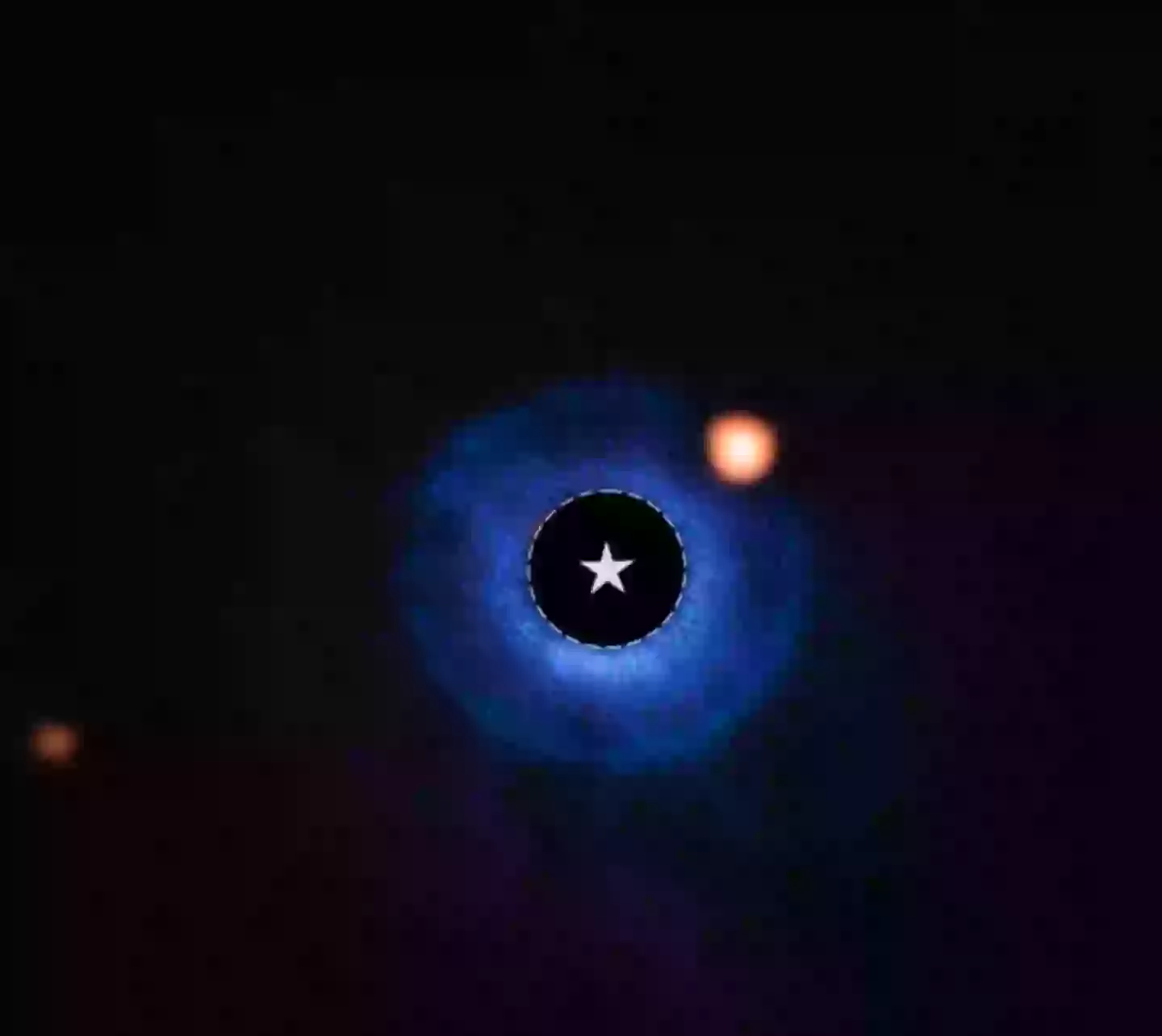
The exoplanet (orange) was found in the debris disk (blue) of a young star named TWA 7 (NASA, ESA, CSA, Anne-Marie Lagrange (CNRS, UGA), Mahdi Zamani (ESA/Webb))
Webb managed to capture incredible direct images of the previously unknown exoplanet situated about 110 light-years away from Earth, which has now been named TWA 7b. It was found in the debris disk of a young star known as TQA 7, according to the boffins in France, and it sits around the constellation Antlia.
The extraordinary exoplanet image was captured using a coronagraph – which blocks the bright light of stars – which was installed on the telescope’s Mid-Infrared Instrument.
Explaining how this tool works, the experts said in a statement: “It can reproduce the effect observed during an eclipse: masking the star makes it easier to observe the objects surrounding it, without them being hidden by its light.
“It is this technique that allowed the team led by a CNRS researcher to discover a new exoplanet, the first by the JWST. It is located within a disk of rocky debris and dusts.”
Discussing their incredible findings, the team said that TWA 7b is around ten times lighter than those which have previously been captured on camera.
“Its mass is comparable to Saturn’s, which is approximately 30% that of Jupiter, the Solar System’s most massive planet,” the CNRS explained.
“This result marks a new step in the research and direct imaging of increasingly small exoplanets, which are more similar to the Earth than to the gas giants of the Solar System. The JWST has the potential to go even further in the future. The scientists thus hope to capture images of planets with just 10 percent of Jupiter’s mass.
“This discovery shows the relevance of future generations of space-based and ground-based telescopes designed to search for exoplanets, especially with the help of more advanced coronagraphs. The most promising systems are already being identified for these future observations.”
So, hold onto your hats folks, as the Webb will likely be impressing us once again very, very soon.
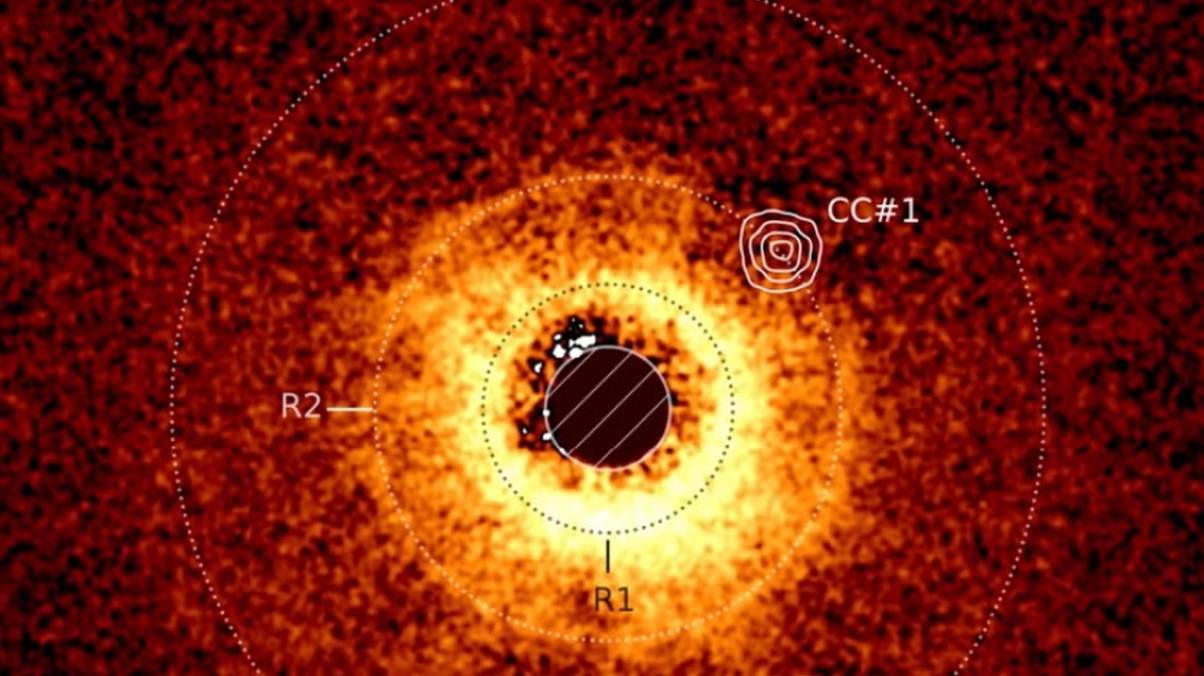










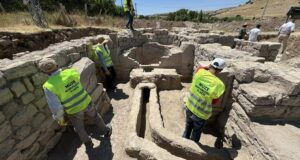

Post Comment